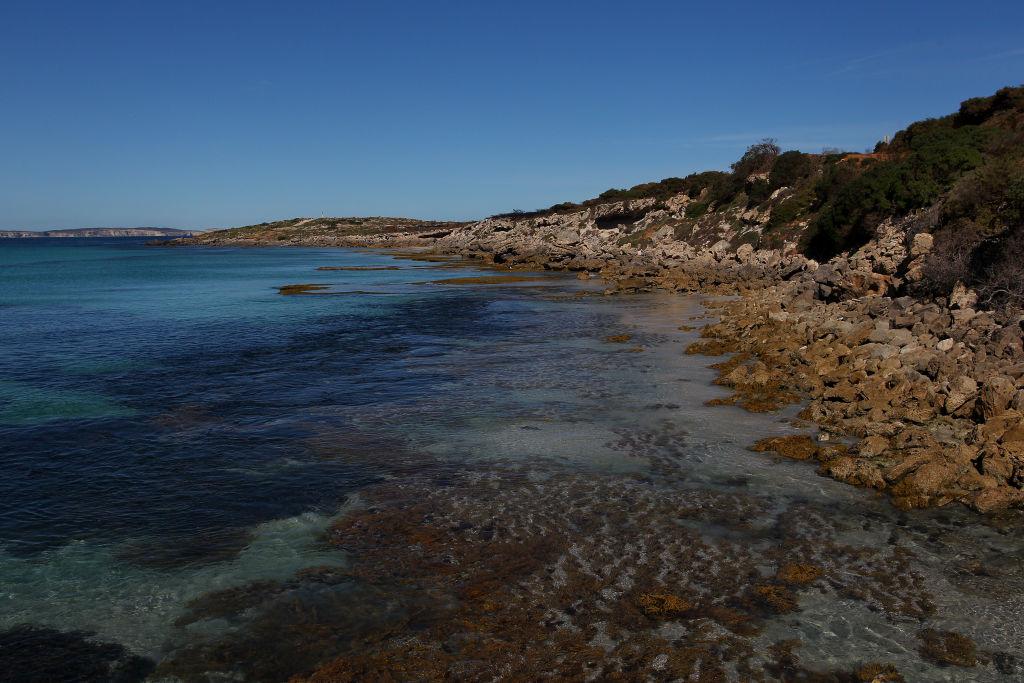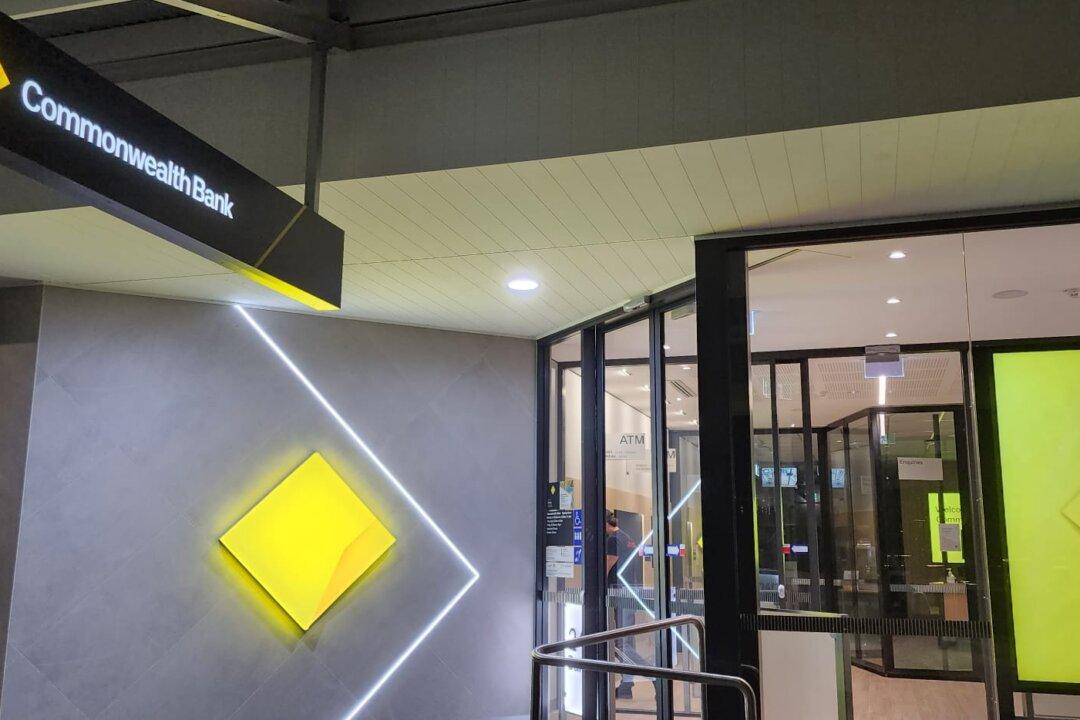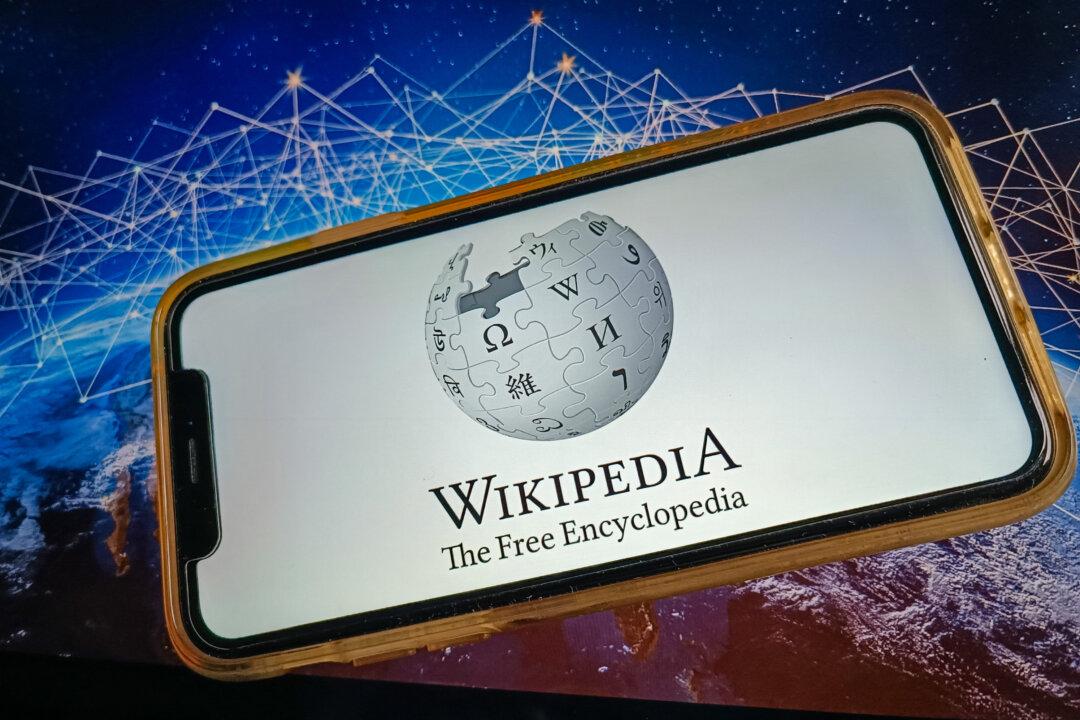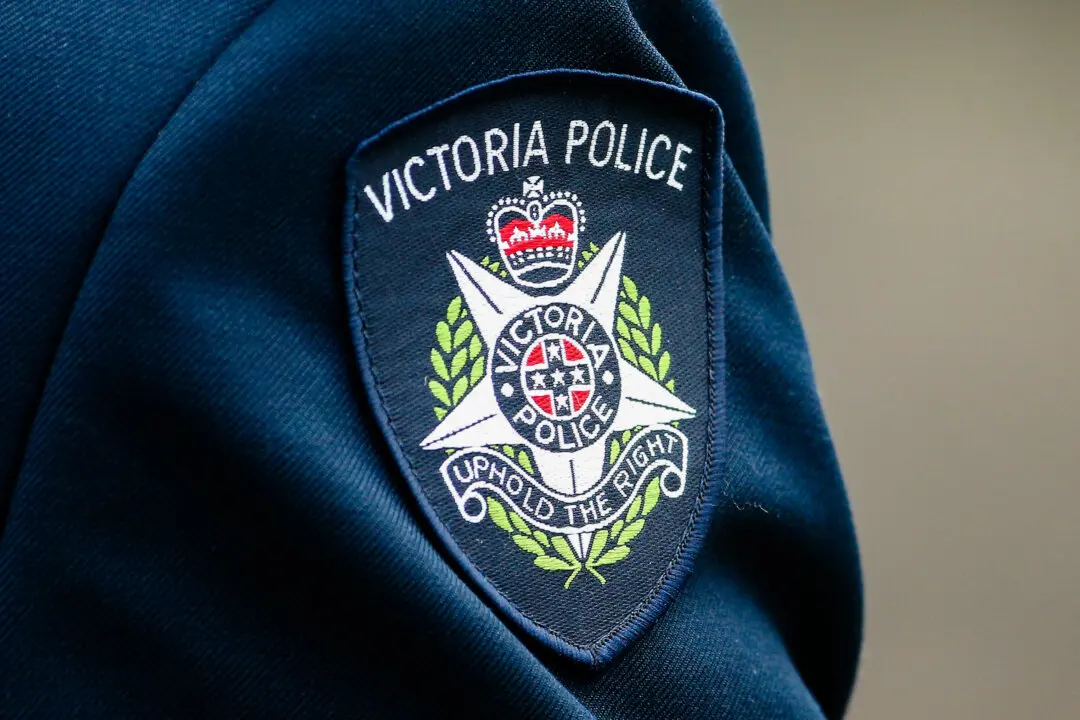Two years after being ravaged by Australia’s record bushfires, Kangaroo Island’s endangered wildlife are finally starting to bounce back thanks to a fenced safe haven.
The Black Summer bushfires of 2019-20 were the worst in Kangaroo Island’s history, destroying almost half of its vegetation and threatening the survival of species such as the mouse-like dunnart.





